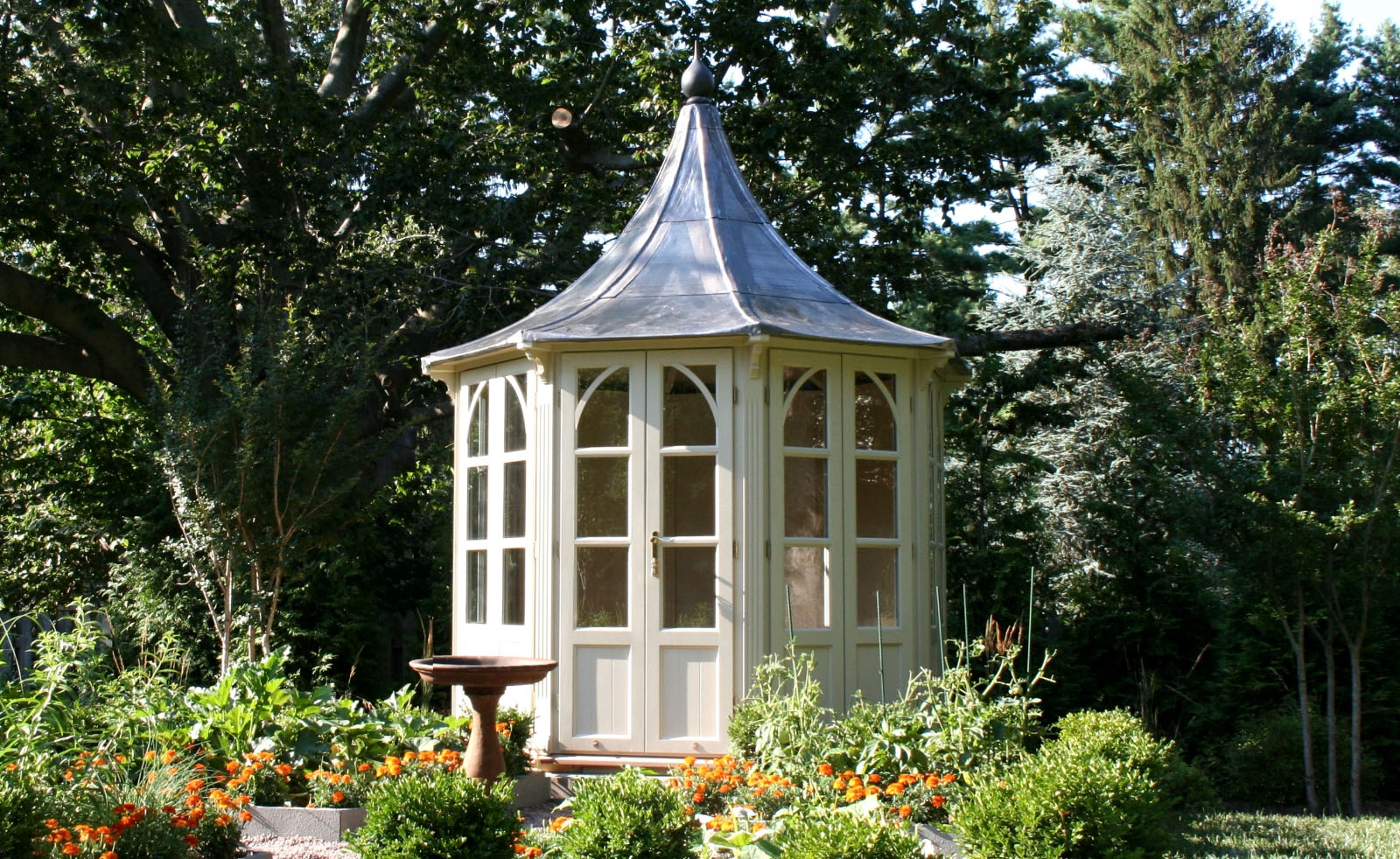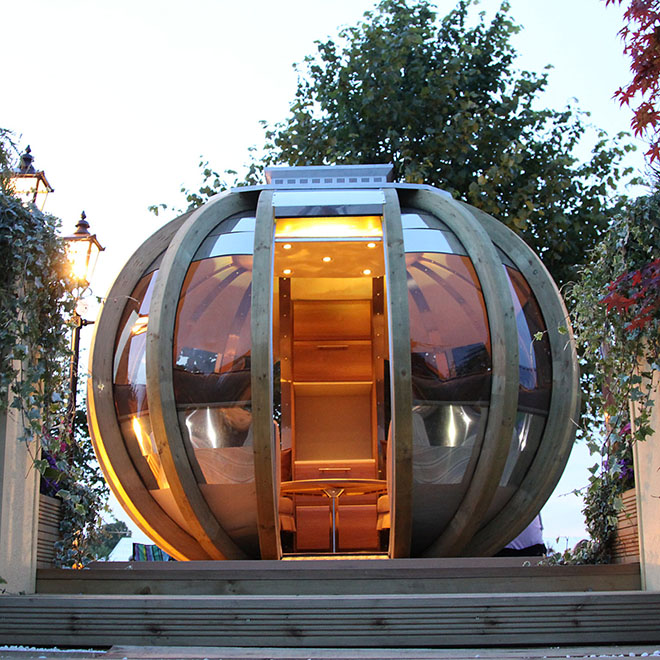There’s something rather wonderful about a small space of your own, whether it’s an old garden shed for pottering around in or a luxurious contemporary retreat.
Will building one add value to your property when it comes to selling – don’t count on it? That said, it could be the difference that sees your home selling quickly compared to others that sit on the market for months. So ultimately it might help you save money.
But how do you go about choosing the right one for you and the outdoor space you have available?
By following a few simple decision-making steps, you can ensure you have the perfect garden building to suit your needs and one that will be as functional as it is beautiful.
Reputable supplier
Many companies offer standard sized garden buildings at a wide variety of price points. However, dig a little deeper and you’ll find a number of more regional, family-run companies that build bespoke solutions, which are cost effective and will last for decades.
Timber is the natural option for a summerhouse and the quality of the timber chosen is very important.
Different suppliers offer different timber options, but the best materials are Accoya, a pressure impregnated timber, or a hardwood such as oak, as these will ensure your summerhouse lasts for several decades. Accoya is ideal for outdoor structures as it has an above-ground life expectancy of 50 years, and its performance is unparalleled.
Whichever wood you choose, you should look for timber that is sourced sustainably and this is easy to decipher thanks to FSC and PEFC certification.
Size it up

Summerhouses come in a wide range of shapes and sizes so consider how you are going to use yours before deciding on the best design for you. A summerhouse is often chosen purely as a focal point for a garden, so it is important to give consideration to your overall garden design.
The best summerhouses are those, which are integrated into the wider landscaping scheme and are clearly the inspiration for everything else. Building a path or steps, maybe even an archway to link your new retreat with the rest of the garden will make the experience of walking to your summerhouse even more inviting.
If you’re tight on space, then a building designed to fit into a corner might be a good choice. Will you need plenty of power? This might determine how close to the main property your summerhouse needs to be. Or if you’re planning to use it for a particular hobby, light is a must but without the intense glare of direct sun.
That said, some buildings offer a rotating base that means you can move it to suit your needs.
If you want to use your summerhouse for alfresco dining or entertaining, then look for something sizeable that can accommodate a table – a three metre octagonal summerhouse which can house a round table to seat up to eight people is ideal!
For added living or working space, something like the Polebrook from Midlands-based Scotts of Thrapston, for example, offers a large and versatile outdoor space and is far more cost effective than a property extension. Measuring approximately 3.6m x 2.3m and standing less than 2.5 metres high, it complies with current planning regulations.
However, the traditional British summerhouse is most noted for being a relaxing retreat where you can simply sit and enjoy the many changing seasons and your garden’s wildlife; a centrepiece for the garden to escape to with a cup of tea and a cake or two to enjoy a fresh perspective on your home.
All these sorts of questions should be covered by the company you choose to build your summerhouse as well as things like the building regulations that will impact your choice. So if they’re not asking you these questions from the outset, find another supplier.
Once you’ve selected a size and shape, you can make a start on your colour options, a roof style and seating and upholstery fabrics and designs. Paint colours and soft furnishings will add character and help personalise your new addition to the garden. However, don’t go too hippy chic if you’re planning to sell your house – keep it neutral so people can imagine putting their own stamp on it.
Many people like to add power to their summerhouse – a solar panel is a quick and easy compromise where electricity is not an easy or viable option, especially when the summerhouse is located a distance away from the main home. Lighting, and even fairy lights, can add a different dimension to a garden hideaway and enable it to be used late into balmy summer evening and even winter parties.
Whatever you decide upon, the process is meant to be a pleasure and not a chore, so make sure you get the right company working on your side from the very start. If you’ve spotted a summerhouse in a friend or neighbour’s garden that takes your fancy, perhaps ask them who they used as a starting point.
With thanks to www.scottsofthrapston.co.uk











